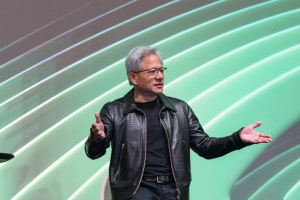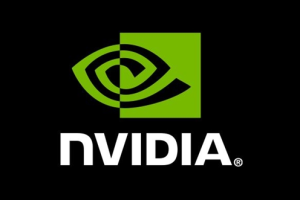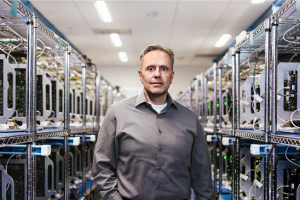July 25, 2025 – During Intel’s Q2 2025 earnings call, CEO Lip – Bu Tan shared a wealth of insights regarding the company’s product roadmap, manufacturing processes, AI strategy, and organizational changes.
Product Developments
Intel has set its sights on launching the Nova Lake processor by the end of 2026. In the server processor market, the company currently holds a significant share, accounting for approximately 55% of the segment. Looking ahead, the next – generation Xeon performance – core processor, codenamed “Diamond Rapids,” is expected to hit the market in the second half of 2026, with a possible variation of plus or minus six months. The subsequent generation, “Coral Rapids,” is tentatively scheduled for release between 2028 and 2029.
Manufacturing Processes
The Intel 18A series manufacturing process will be a cornerstone for at least three future generations of both client and server products. For client – side devices, this essentially confirms that both the Nova Lake and the subsequent Razer Lake will utilize the 18A process technology. Additionally, Intel is planning to introduce its next major manufacturing node, the Intel 14A, between 2028 and 2029, aligning its timeline with that of TSMC’s A14 node.

AI Strategy
Intel is gearing up to unveil its AI strategy in the coming months, with a primary focus on inference and intelligent agents. In its AI ecosystem, x86 CPUs and XE GPUs will continue to play pivotal roles. The company has also expressed an open – minded attitude towards building application – specific integrated circuits (ASICs) for AI enterprises, indicating its willingness to adapt to the evolving needs of the AI market.
Organizational Changes
Intel is undergoing some internal restructuring, with the data center team set to welcome a new permanent leader. This move is likely aimed at further strengthening the company’s position in the competitive data center market and driving innovation in this crucial segment.
Overall, Intel’s announcements paint a picture of a company that is actively planning for the future, with a clear focus on product innovation, advanced manufacturing technologies, a strategic AI approach, and internal organizational optimization.












